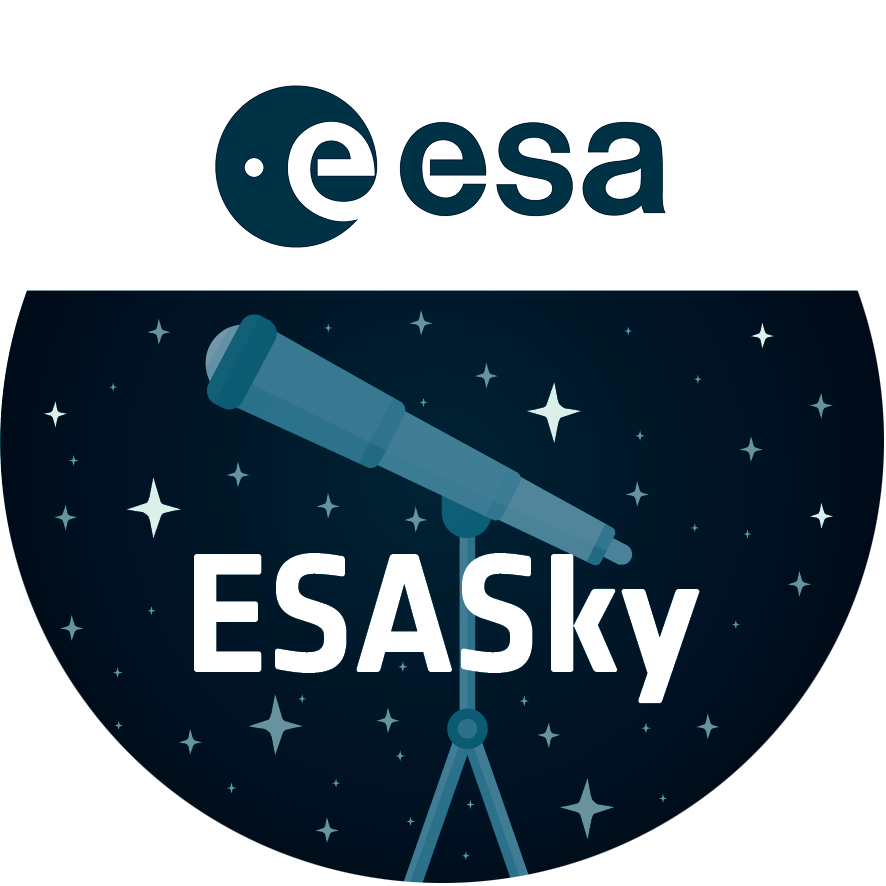A frEGGS-plosion of Star Formation
This image, taken with the NASA/ESA Hubble Space Telescope, depicts a special class of star-forming nursery known as Free-floating Evaporating Gaseous Globules, or frEGGs for short. This object is formally known as J025157.5+600606.
When a massive new star starts to shine while still within the cool molecular cloud from which it formed, its energetic radiation can ionise the cloud’s hydrogen and create a large, hot bubble of ionised gas. Amazingly, located within this bubble of hot gas around a nearby massive star are the frEGGs: dark compact globules of dust and gas, some of which are giving birth to low-mass stars. The boundary between the cool, dusty frEGG and the hot gas bubble is seen as the glowing purple/blue edges in this fascinating image.
In July 2020 a previous ESA/Hubble Picture of the Week, of J025027.7+600849, featured another frEEG.
Credit:ESA/Hubble & NASA, R. Sahai
About the Image
| Id: | potw2041a |
|---|---|
| Type: | Observation |
| Release date: | 12 October 2020, 06:00 |
| Size: | 3994 x 3916 px |
About the Object
| Name: | J025157.5+600606 |
|---|---|
| Type: | Milky Way : Nebula : Type : Star Formation |
| Constellation: | Cassiopeia |
| Category: | Nebulae |
Wallpapers
Coordinates
| Position (RA): | 2 51 55.65 |
|---|---|
| Position (Dec): | 60° 5' 59.56" |
| Field of view: | 3.33 x 3.26 arcminutes |
| Orientation: | North is 26.6° left of vertical |
Colours & filters
| Band | Wavelength | Telescope |
|---|---|---|
| Optical V | 606 nm |
Hubble Space Telescope
ACS |
| Optical V | 606 nm |
Hubble Space Telescope
ACS |
| Optical I | 814 nm |
Hubble Space Telescope
ACS |
| Optical N II | 658 nm |
Hubble Space Telescope
ACS |
| Optical I | 814 nm |
Hubble Space Telescope
ACS |


